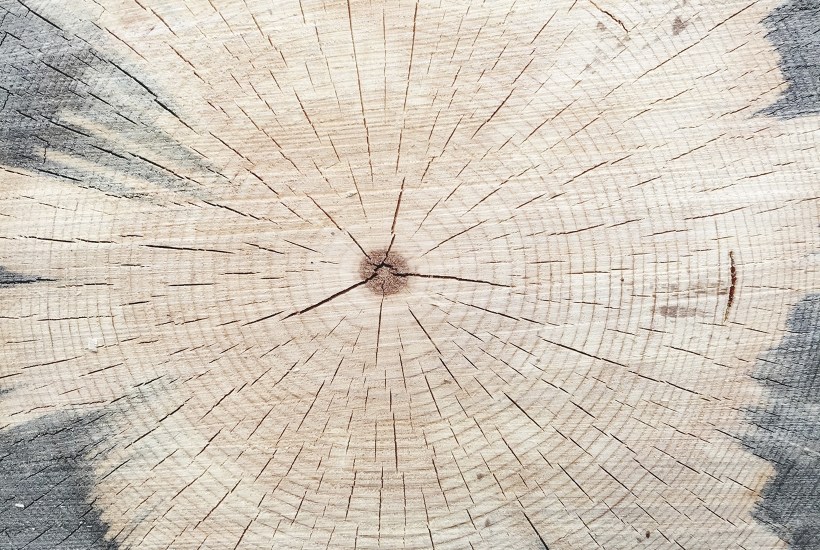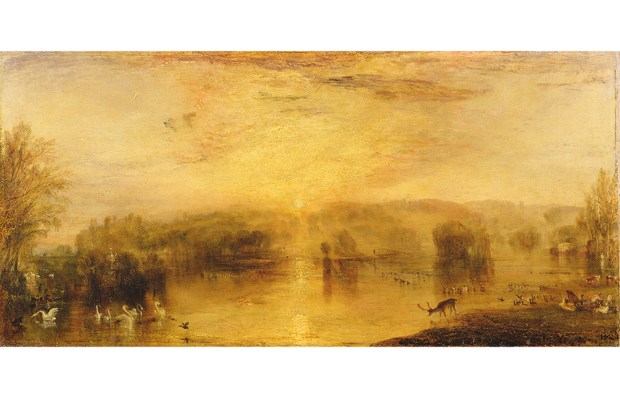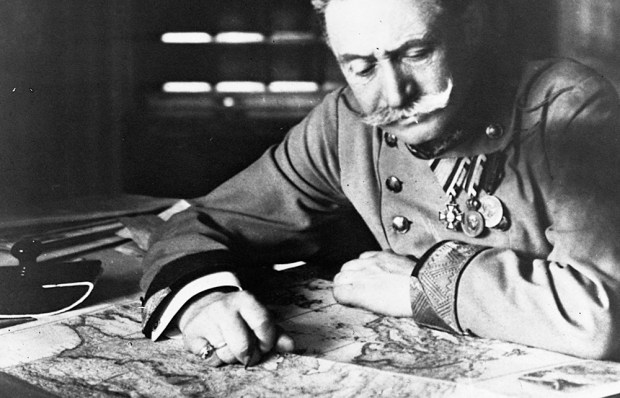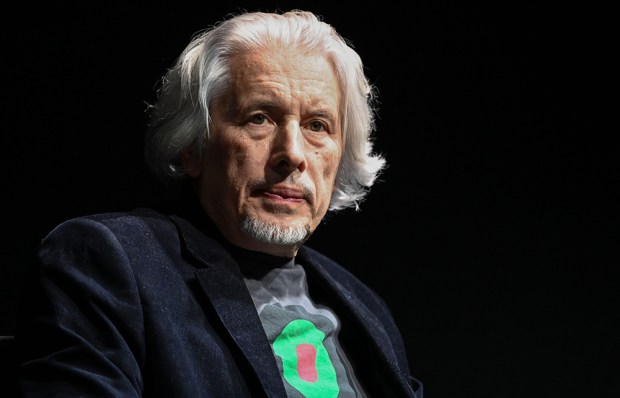History is only as good as its sources. It is limited largely to what has survived of written records, and in prehistory to random fragments unearthed by archaeologists and paleontologists. Climate history is no different. As the effects of global warming accelerate, it becomes ever more urgent to reassemble what we can of the atmospheric conditions of the past to gather evidence from wherever it may be.
Glacial ice cores are one place, with their frozen snapshots of long-ago air and traces of ash and pollen and greenhouse gases such as carbon dioxide or methane. Other climate proxies include the annual accretion of stalagmites, the growth of corals and the incremental layers of bone in the ears of fish. But in recent decades, tree rings have emerged as one of the most precise and revealing of all paleoclimatic indicators.
Each growing season, a tree adds an outer layer of cambium to its core of dead wood. How much is added is a function of thermal and pluvial conditions. The exact width of the ring and its microscopic structure give a very clear picture of the weather during a period of a few warm months, like a postcard from a distant summer.
Valerie Trouet is a leading tree-ring scientist and her fascinating book recounts, among much else, how she and her fellow dendrochronologists are building a data base of astonishing accuracy and detail. In some areas — where deadwood is preserved in alluvium or peat — the record can go back millennia. The German oak-pine tree-ring series gives an annual record of more than 12,500 years.
Unlike carbon14-dating, which can only offer a temporal range, tree rings pinpoint the conditions for a precise year, even the beginning or end of the season. Cross-referencing with known events has helped add a missing climate element to history. The disappearance, for instance, of the pioneering English colony at Roanoke in North Carolina had long baffled historians; after three years, in 1590, a relief ship arrived to find everyone gone. Tree-ring analysis has confirmed not only the intervening years as ones of drought but as the most extreme dry period on the eastern seaboard in the last eight centuries.
Dendrochronology has also helped explain such curiosities as a dip in Caribbean piracy in the 17th century (a spate of hurricanes), riots in Ptolemaic Egypt (rain failure), the Ottoman crisis of the early 17th century and the rise and fall of the Mayan, Mongolian and Uyghur empires. When, a few years ago, Stradivari’s famous Messiah violin was deemed a copy, it was analysis of the rings in its wood that confirmed its authenticity.
But it is the study of historical climate change that has benefited most from this sylvan corner of the scientific world. Using multiple cores from trees in an area, and multiple areas, a comprehensive picture of wider climatic variation can be assembled. Such analysis provided key evidence for the 1998 Hockey Stick graph, which stirred up a hornet’s nest of opposition from deniers, but has since persuaded all but the lunatic fringe that the spike in global temperatures is something seriously abnormal. Oscillating within a given range for 1,000 years or so, global temperatures suddenly started rising beyond that range in the 20th century, to reach skywards in 1998 — and that year is now only the tenth hottest.
Trouet herself has made important contributions to explaining the Earth’s ever-shifting weather patterns. After coring ancient trees in Bulgaria, she recognised an inverse correlation with known hydro-chronologies from the UK: droughts in Britain coincide with wet summers in south-east Europe and vice versa — most famously in 1976. She realised that the cause was the waviness of the jet stream — those high-atmosphere mega-winds that help shape surface weather — and that this is increasing with the shrinking of Arctic ice.
Tree Story is a work of science, of graphs and statistics, and words like paleotempestology, dendroprovenancing, otolith and sclerochronology to add to the lexicon. But Trouet recounts too the personal thrill of discovery, the camaraderie and competitiveness of academic science, and the arduous nature of her research; she camps out for weeks in Siberia, the Pyrenees and the western United States in order to extract cores from remote trees. And having spent a career staring at it through a microscope, she concludes that ‘wood is gorgeous’, that the puzzle-solving appeal of tree rings is ‘addictive’.
She ends with a manifesto for trees, and the shadow story they tell: of our species’ axe-driven march across the last few millennia. Clearing forests for agriculture, using wood for building, as fuel to heat kilns and smelt metals, or to fashion the hulls of ships to cross oceans and clear more forests, we are what we are because of trees — and their absence is the surest imprint of our ever-expanding presence. Rare blips in the record of forest depletion often coincide with human pandemics.
Now, reforestation offers one of the ways out of the climate crisis. It is a little spooky that, along with all their other multiple uses, trees have left in their dead hearts a tally of our actions, the effects of our obsessive burning, and a stark warning of what might happen if we carry on the way we do.
Got something to add? Join the discussion and comment below.
Get 10 issues for just $10
Subscribe to The Spectator Australia today for the next 10 magazine issues, plus full online access, for just $10.
You might disagree with half of it, but you’ll enjoy reading all of it. Try your first month for free, then just $2 a week for the remainder of your first year.














Comments
Don't miss out
Join the conversation with other Spectator Australia readers. Subscribe to leave a comment.
SUBSCRIBEAlready a subscriber? Log in